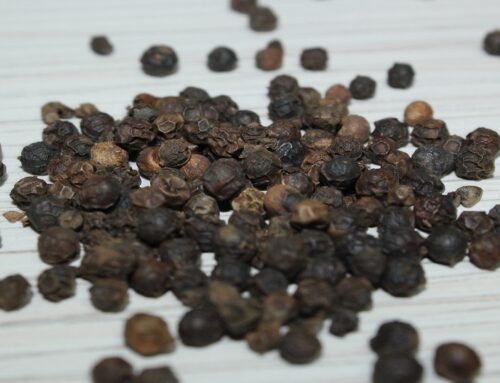The market price and flavor of milk depends upon its fat content. The variation in milk composition obtained from different sources is an important consideration during milk-processing operations. There are various classes of milk. A detailed account of different classes of milk is given below:
Sterilized milk: Milk which has been heated to a temperature of 100˚C or above for such lengths of time that it remains fir for human consumption for at least 7 days at room temperature is called sterilized milk.
Homogenized milk: Homogenization is the process of forcing the milk through a homogenizer with the objective of sub-dividing the fat globules. Homogenized milk ensures breakup of the fat globules to such an extent that no visible fat separation will be seen even after about 48 hours.
Flavored milk: Milk to which some flavors have been added to enhance consumer acceptability is called flavored milk.
Vitaminized/ Irradiated milk: Vitaminized milk is milk in which one or more vitamins are added. Irradiated milk is milk in which vitamin D content has been increased by exposure to UV rays. Addition of vitamins into milk is called fortification and such milk is known as fortified milk.
Fermented milk: Fermented milk is prepared by employing one or more micro-organisms which brings change in the texture and flavor of milk after a well stipulated time. The various fermented milks include; yoghurt, dahi, buttermilk, kumiss, kefir etc.
Standardized milk: Standardized milk is the milk whose fat content and/or solids-not-fat content have been adjusted to a certain pre-determined level. As per PFA rules, the Standardized milk should contain a minimum of 4.5 per cent fat and 8.5 per cent solids-not-fat.
Reconstituted/Rehydrated milk: Milk prepared by dispersing whole milk powder in water approximately in the proportion of 1 part powder to 7-8 parts water. It helps in meeting up the demands while facing shortage of fresh milk supplies in developing countries.
Recombined milk: Product obtained when butter oil, skim milk powder and water are combined in the correct proportions to yield fluid milk. This is also used for making up the supplies of milk during shortage in developing countries.
Toned milk: It is prepared by dispersing whole milk in water and skim milk powder and thus reducing its fat content to 3 per cent. It results in depreciation of milk prices by just reducing its fat content and at the same time increasing availability of milk for consumption.
Double Toned milk: It is a special type of milk prepared by dispersing whole milk to water and skim milk powder. The fat content of double toned milk is adjusted to 1.5 per cent and thus the amount of fat and also the prices are lower than that of toned milk.
We regularly publish informative videos on various “Food, Agriculture, Gardening and Horticulture” topics. You may view these videos here…
You may also check out our Digital Publishing Services for Food, Agriculture, Gardening and Horticulture Sector by visiting this link







Leave A Comment
You must be logged in to post a comment.